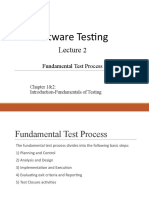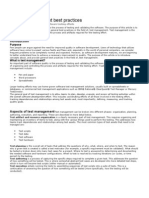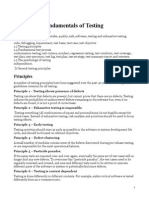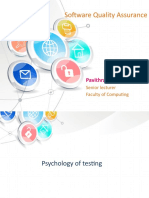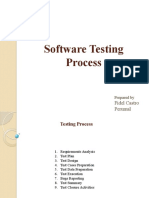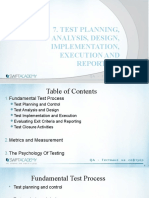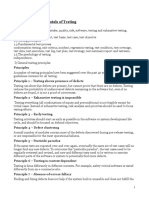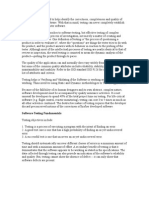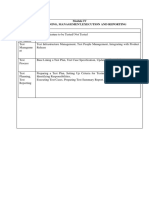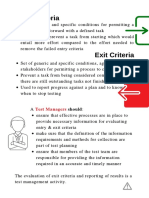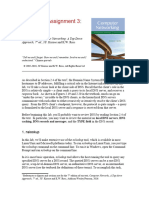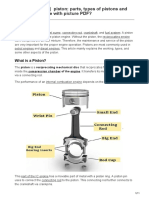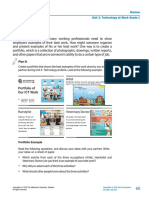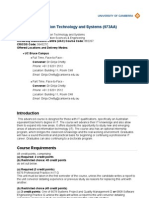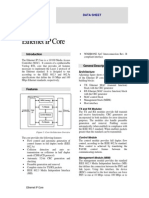0% found this document useful (0 votes)
480 views4 pagesTest Implementation and Test Execution
A test manager guide on Test Implementation and Test Execution as shown in A Test Manager's Guide from https://courses.cania-consulting.com
Uploaded by
Lucian CCopyright
© © All Rights Reserved
We take content rights seriously. If you suspect this is your content, claim it here.
Available Formats
Download as PDF, TXT or read online on Scribd
0% found this document useful (0 votes)
480 views4 pagesTest Implementation and Test Execution
A test manager guide on Test Implementation and Test Execution as shown in A Test Manager's Guide from https://courses.cania-consulting.com
Uploaded by
Lucian CCopyright
© © All Rights Reserved
We take content rights seriously. If you suspect this is your content, claim it here.
Available Formats
Download as PDF, TXT or read online on Scribd
/ 4














